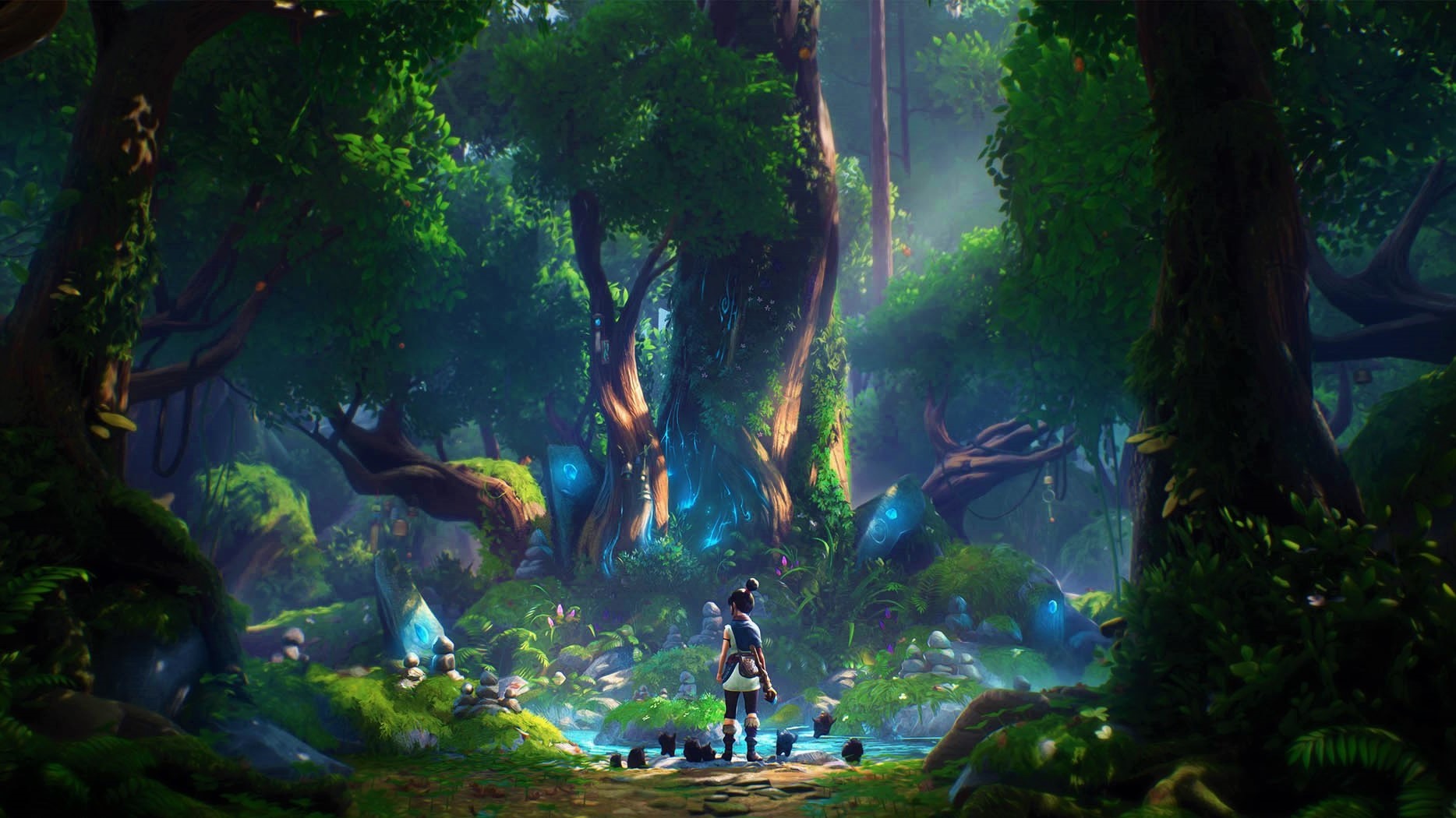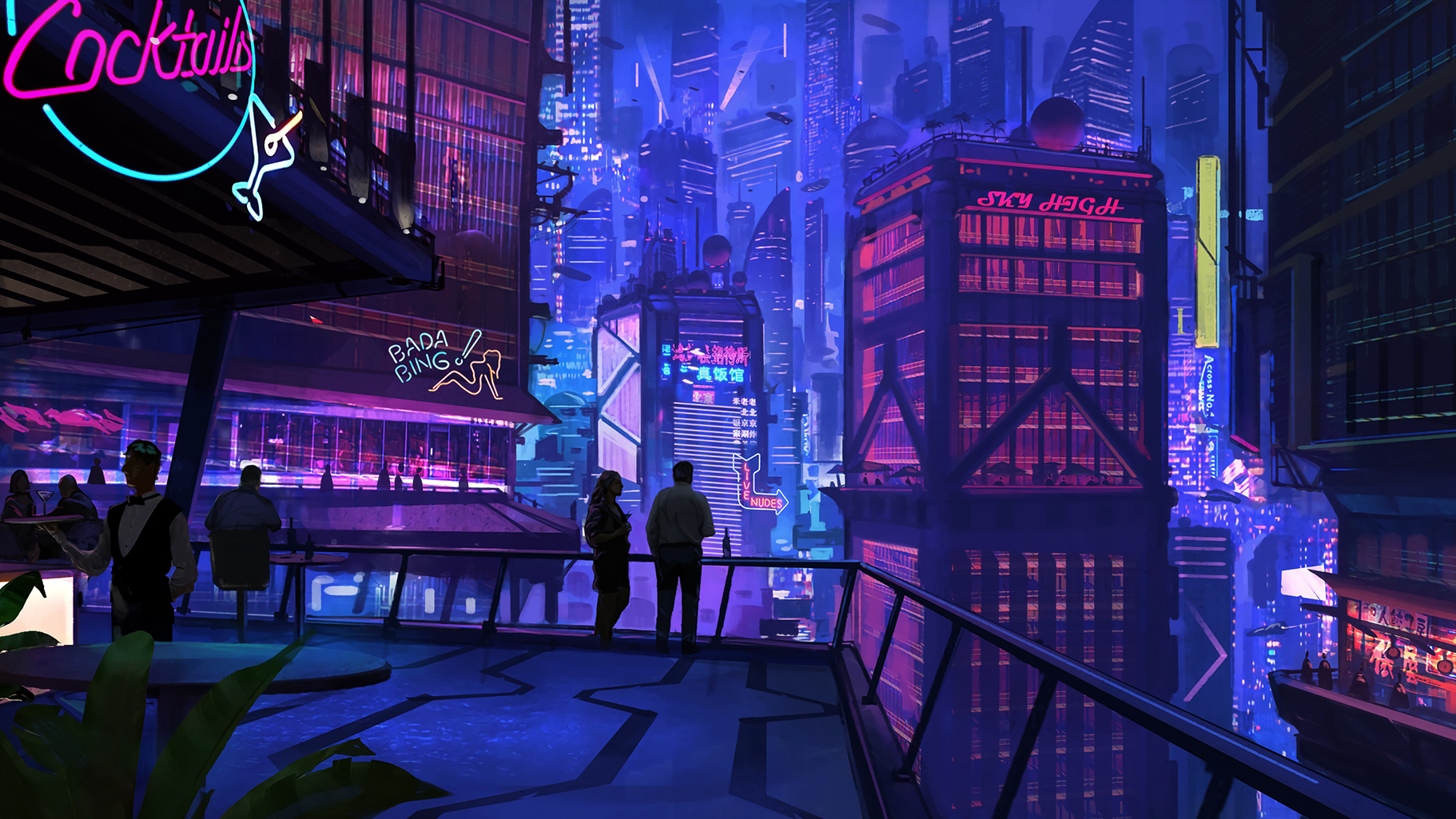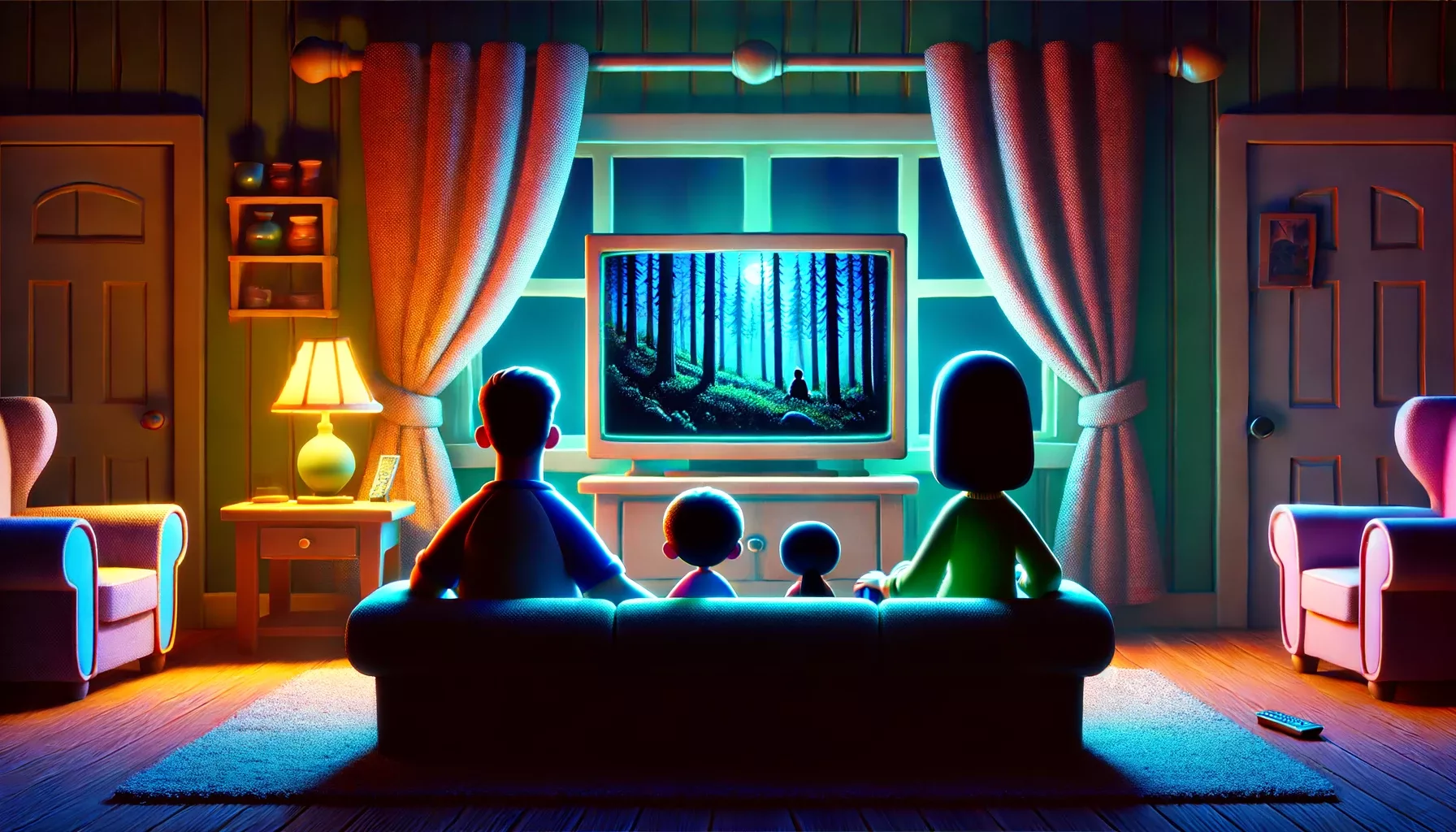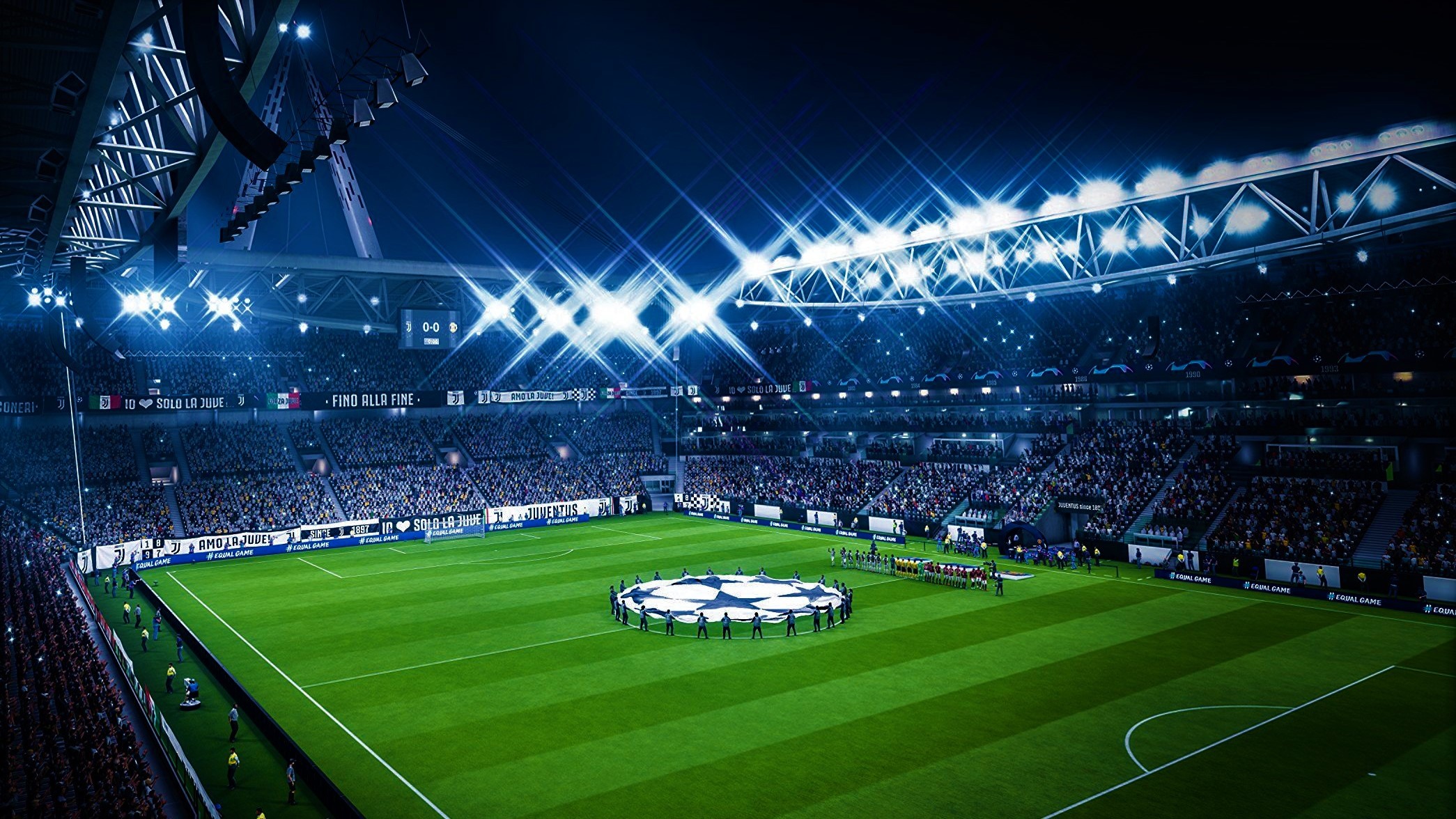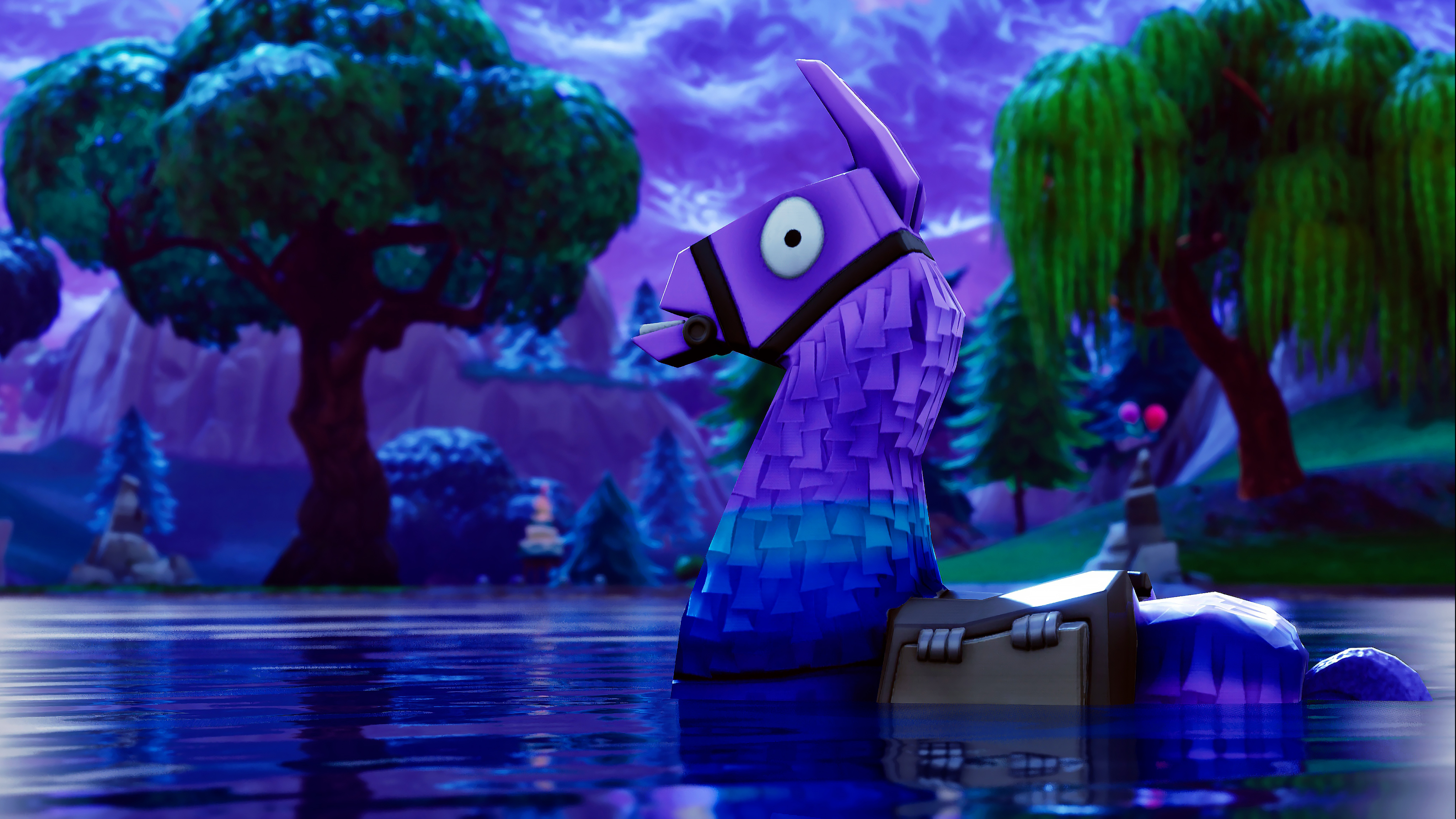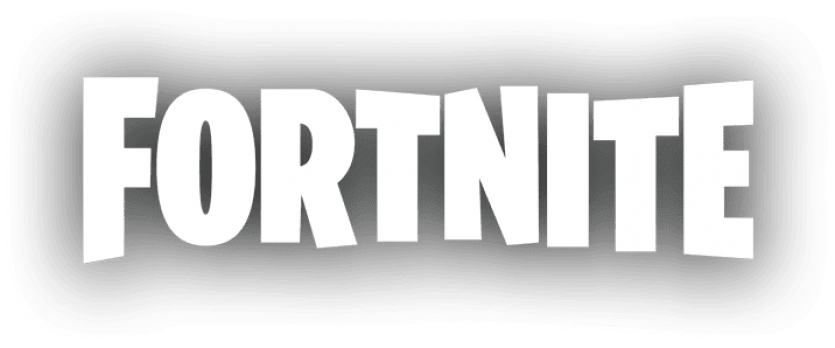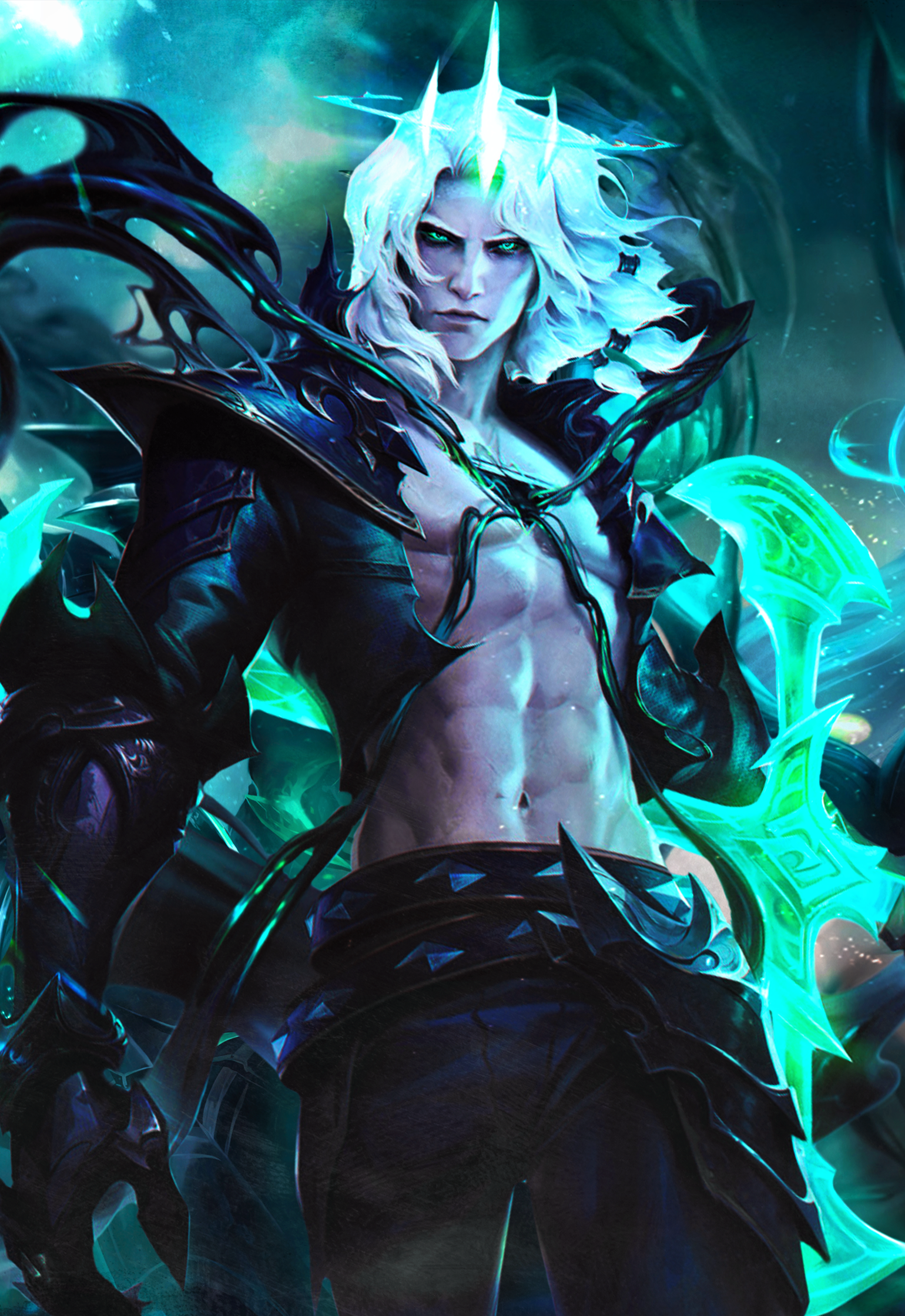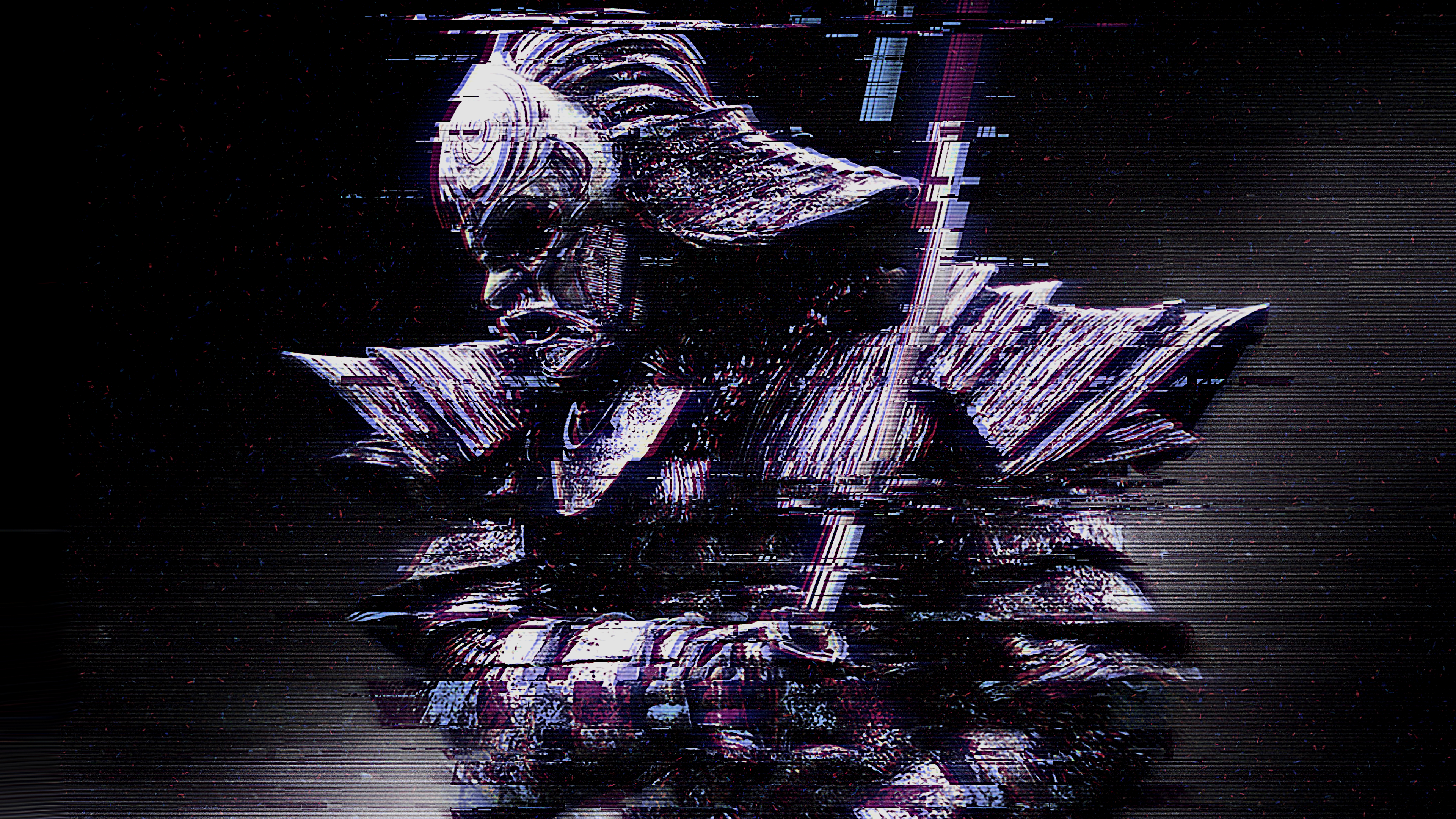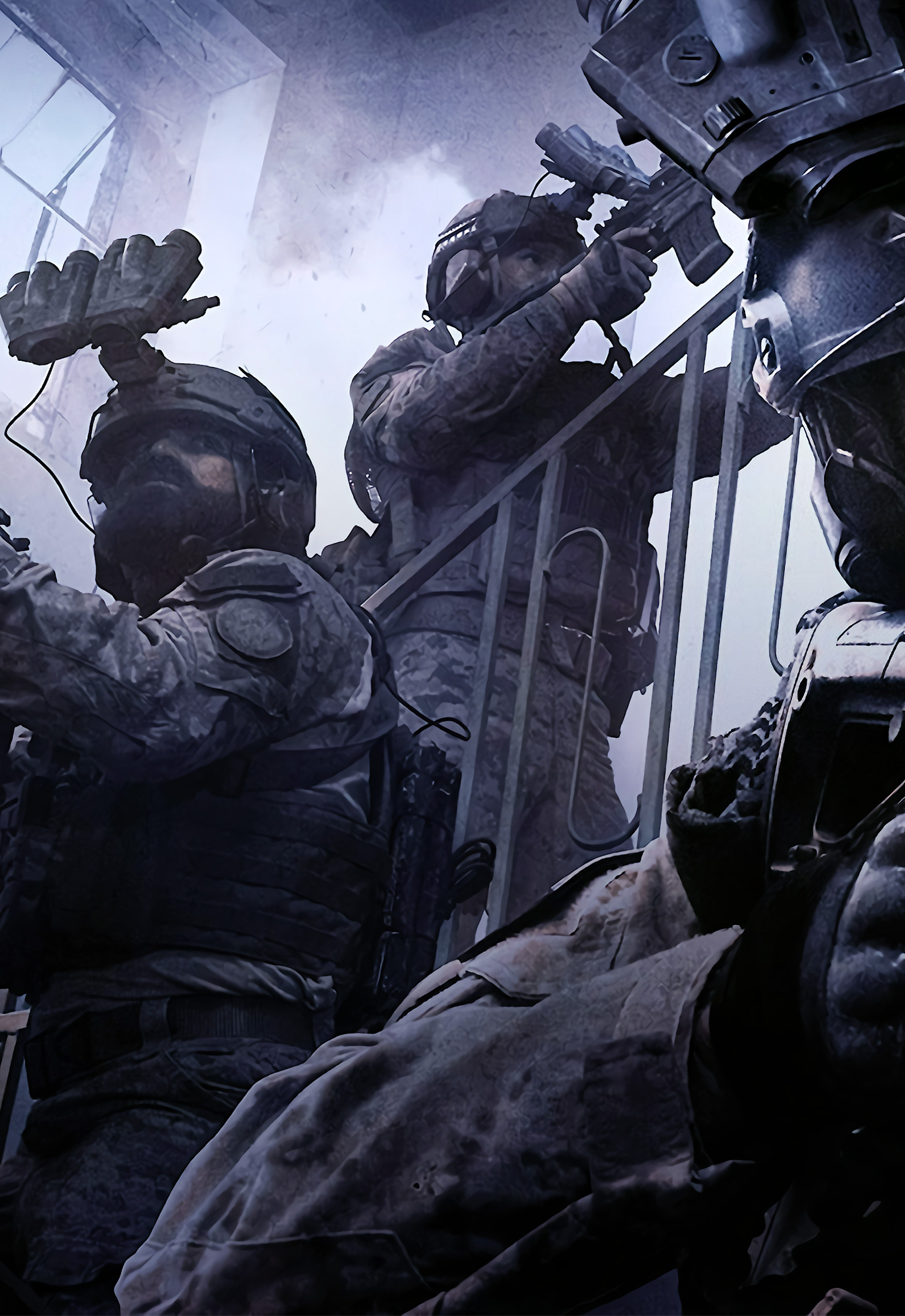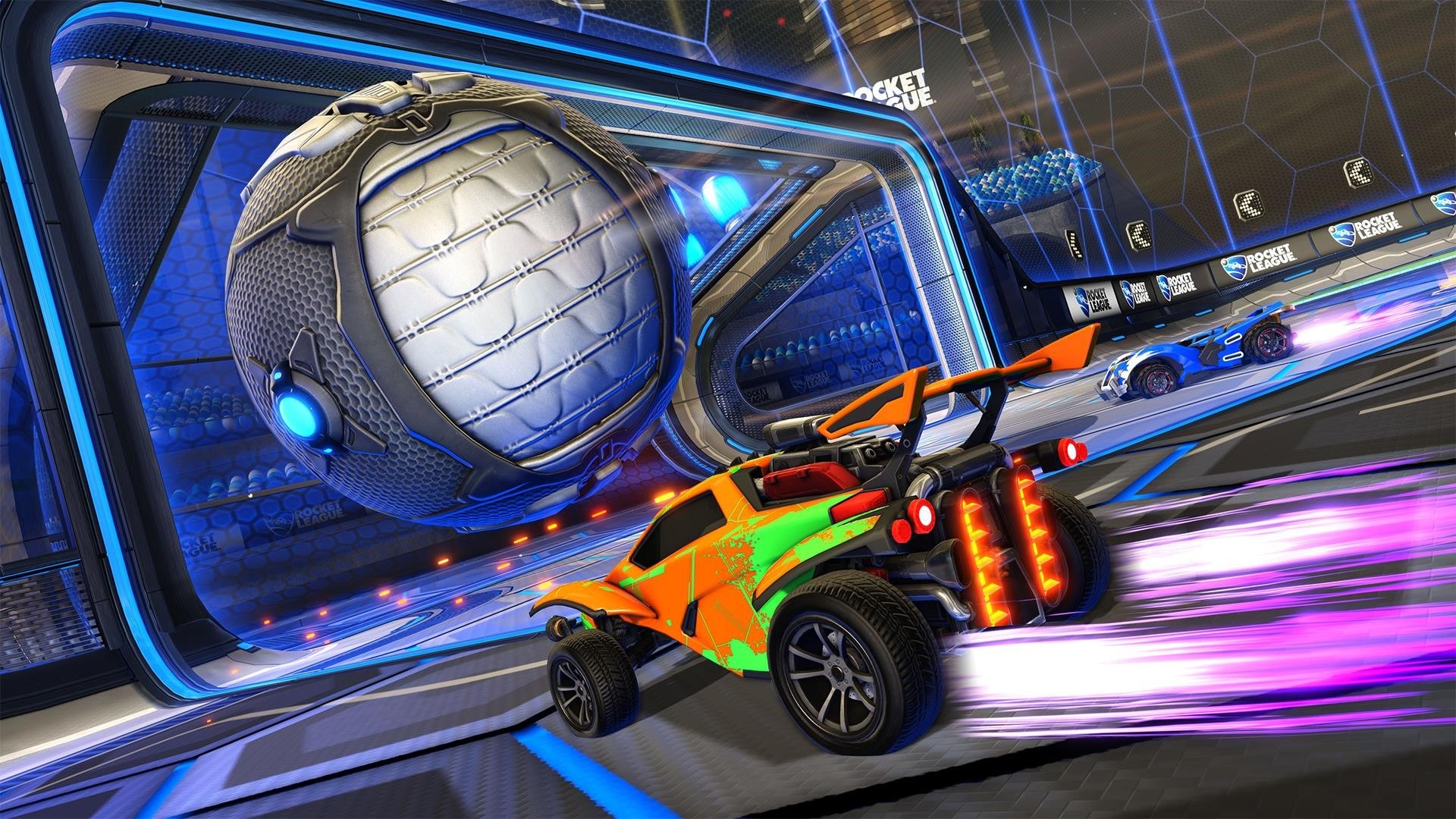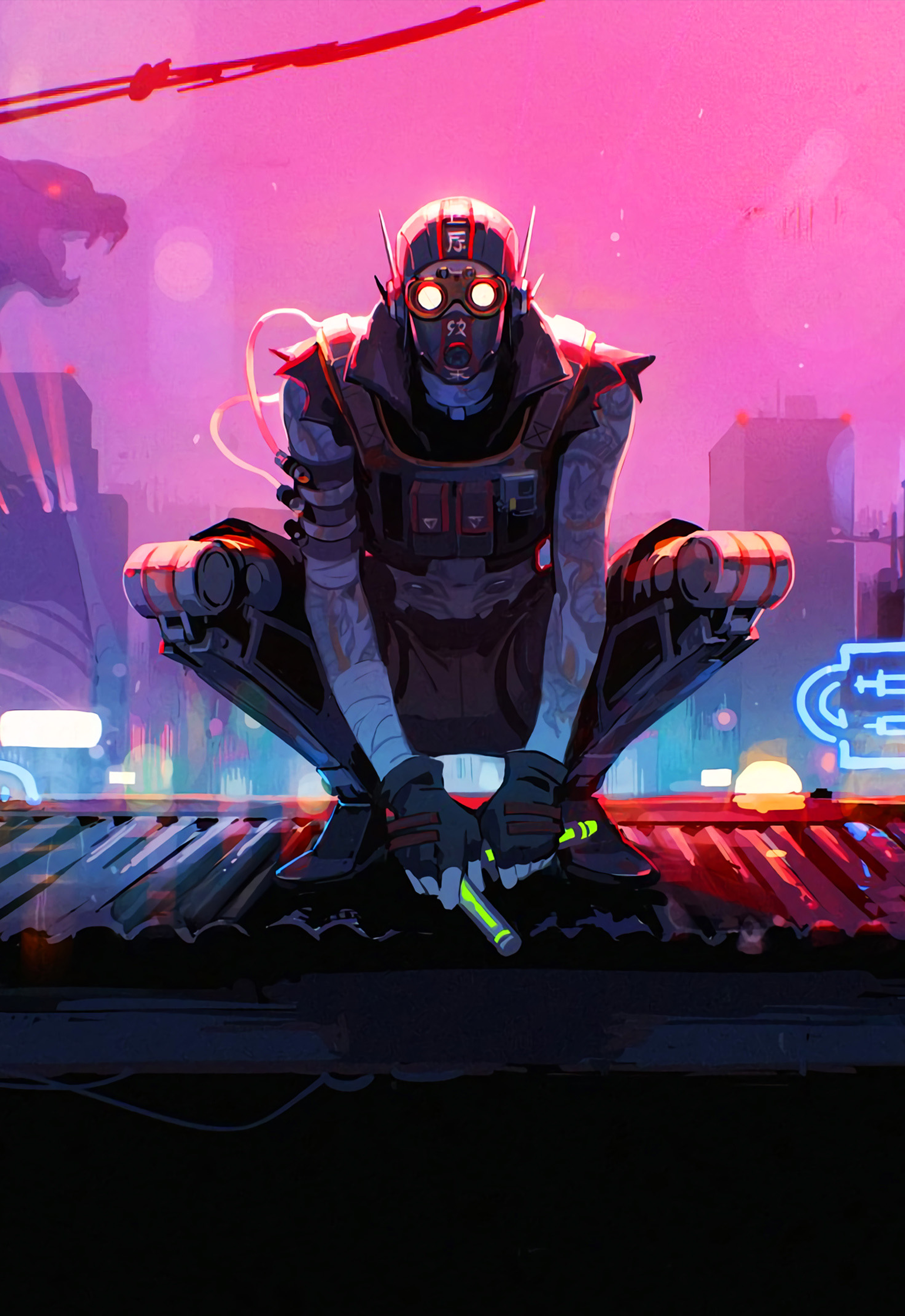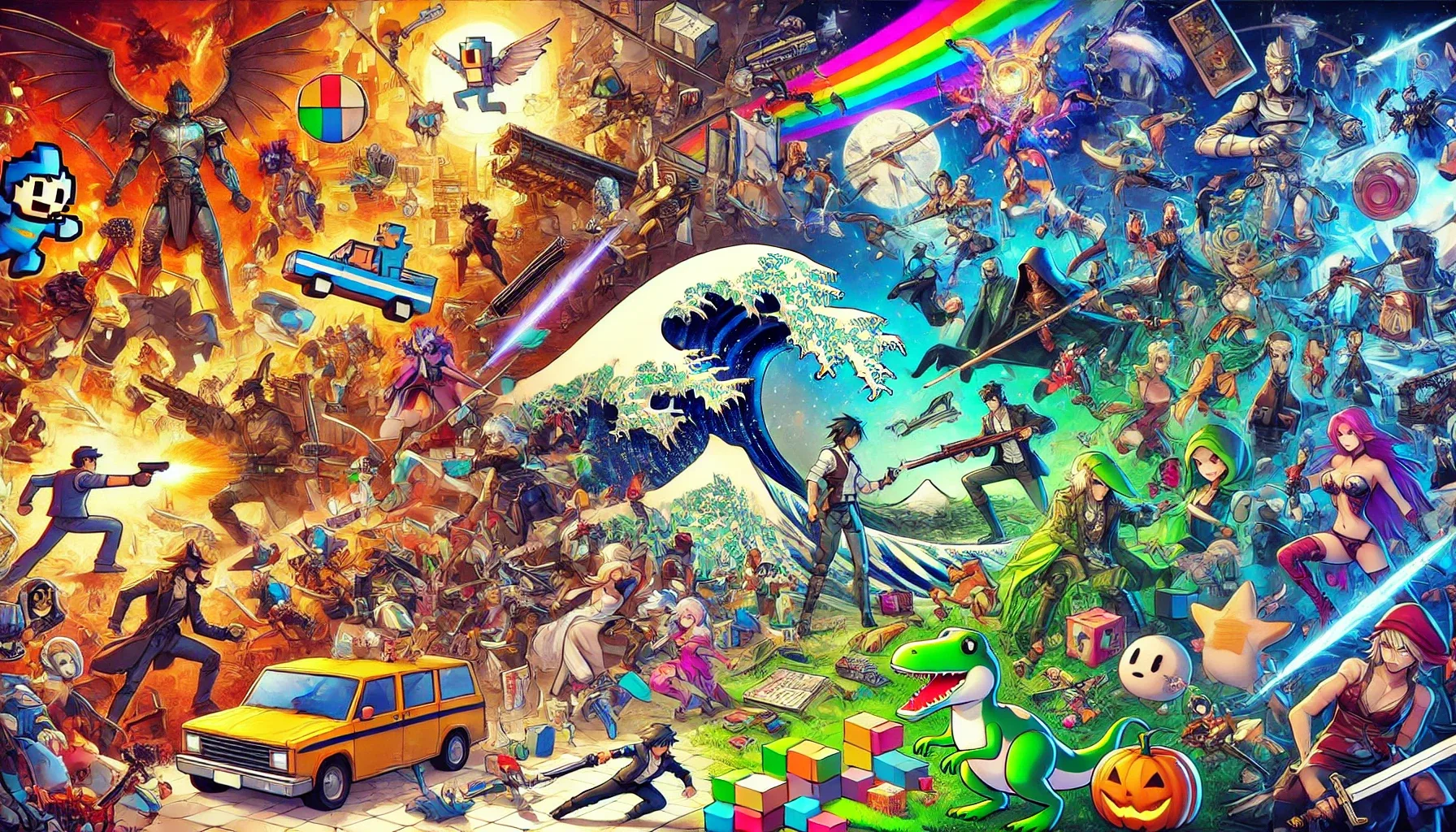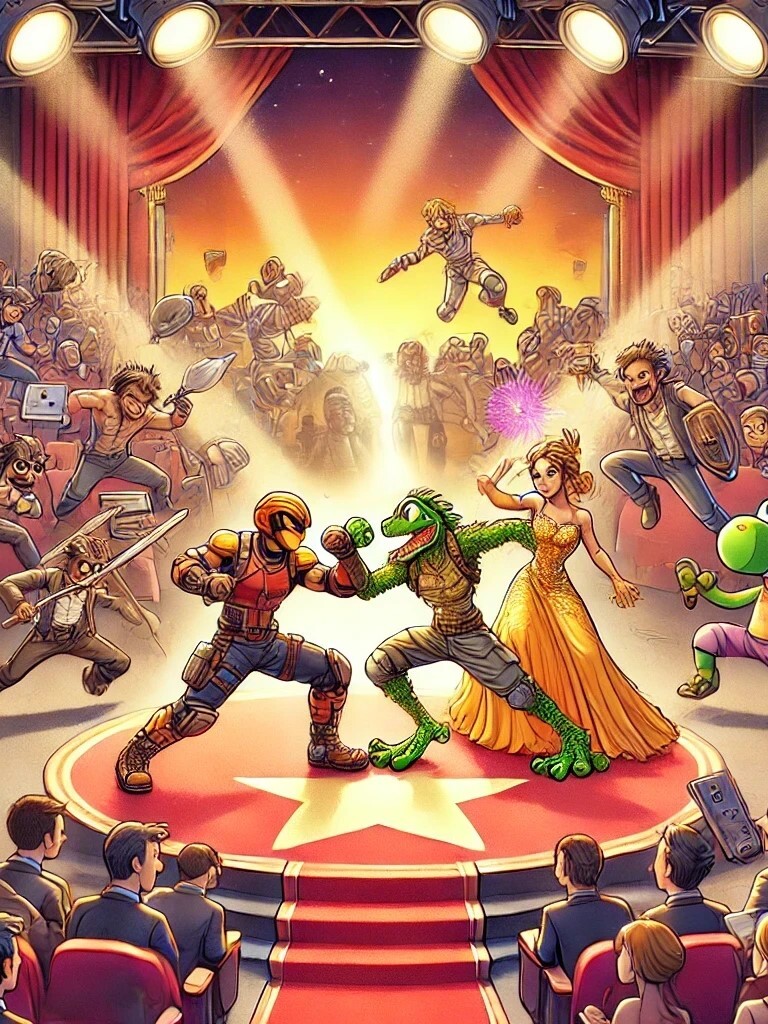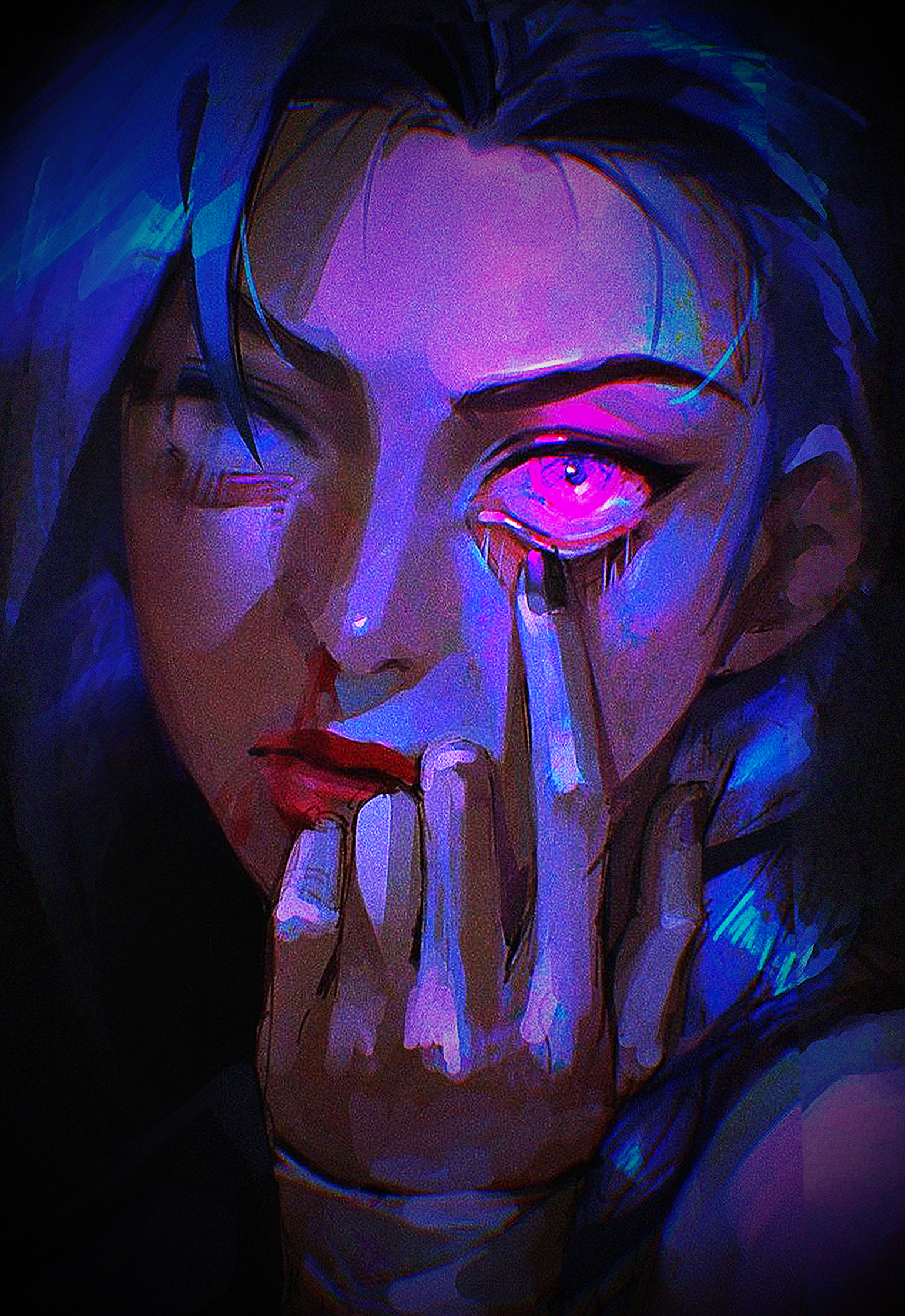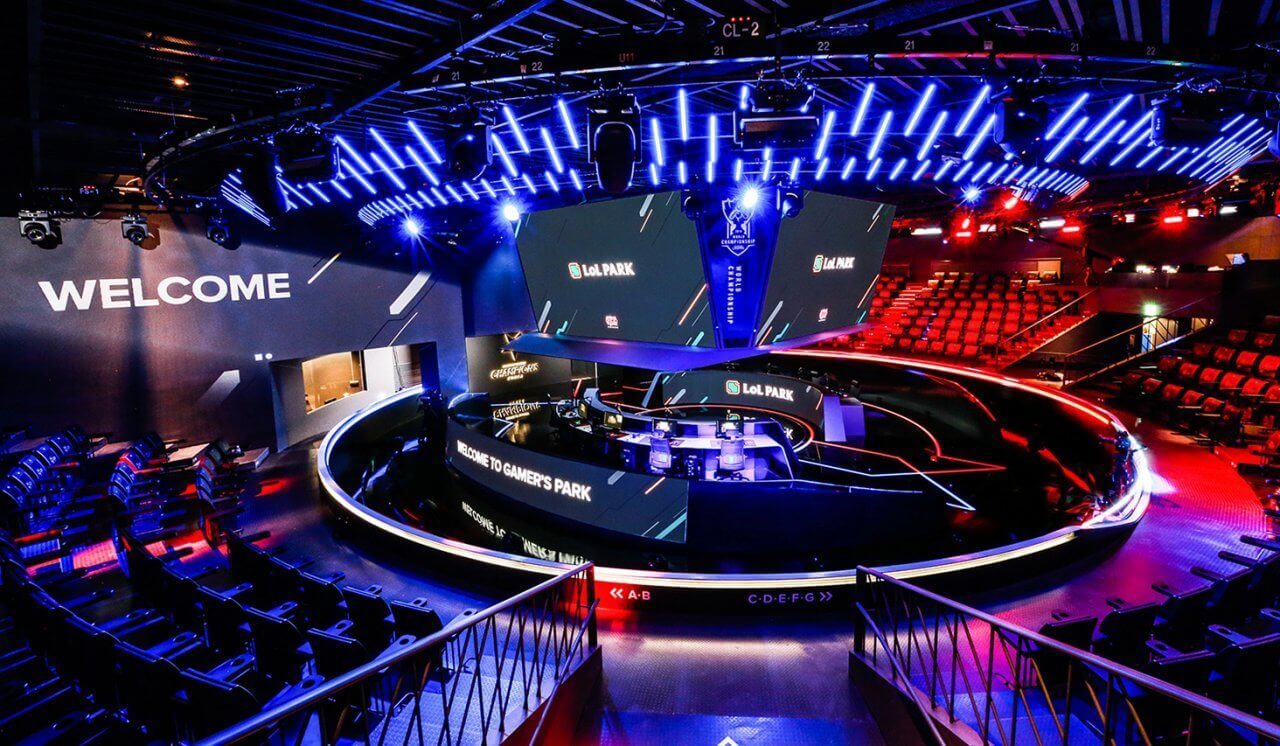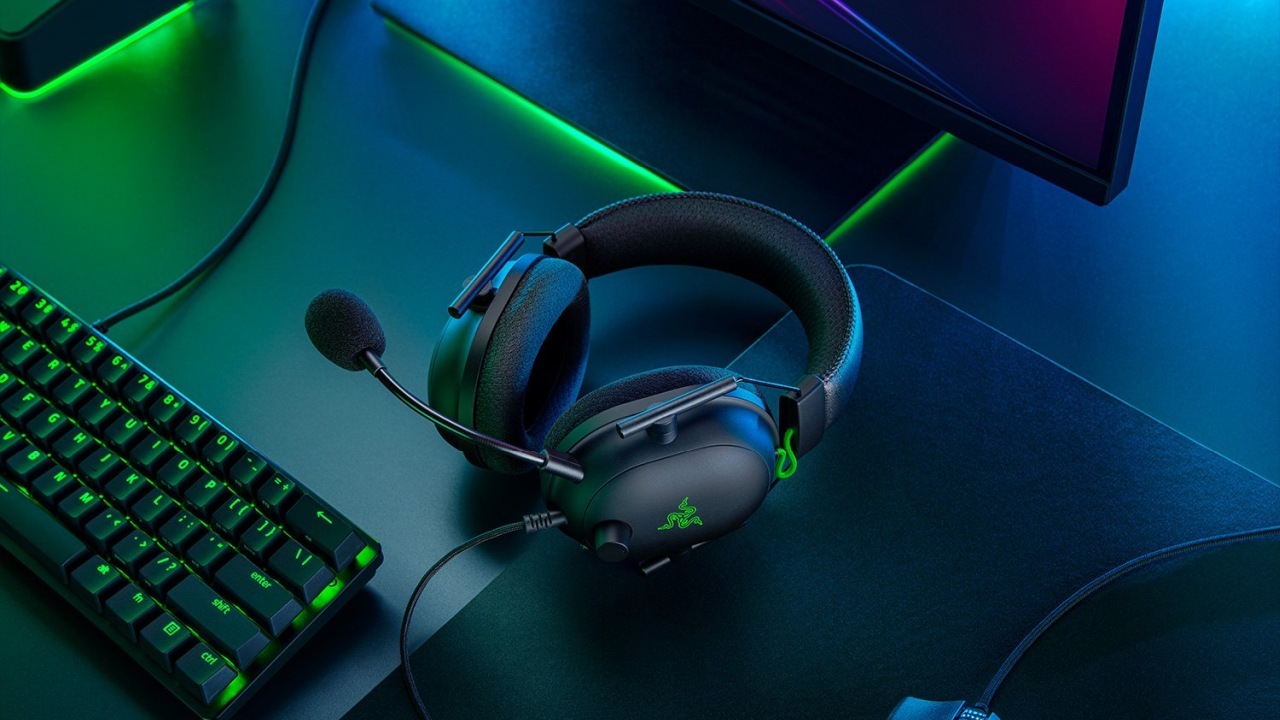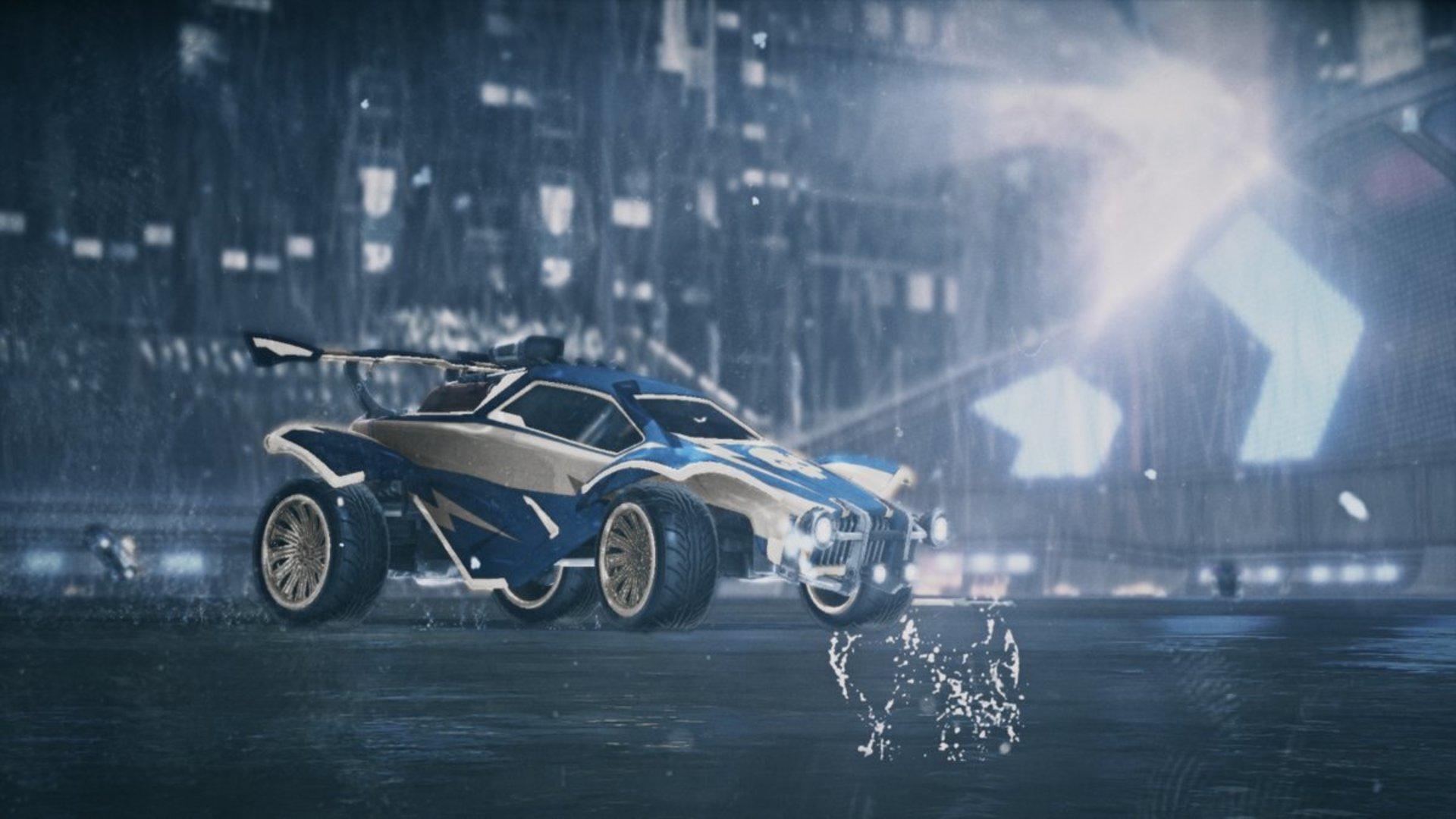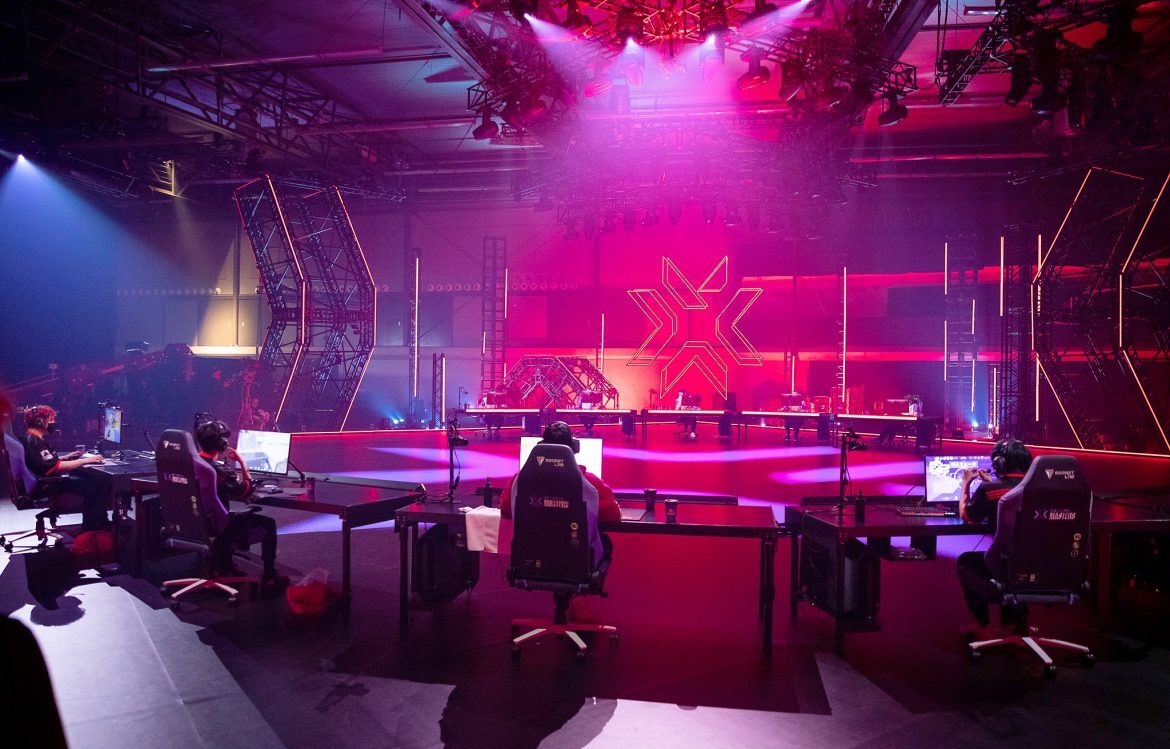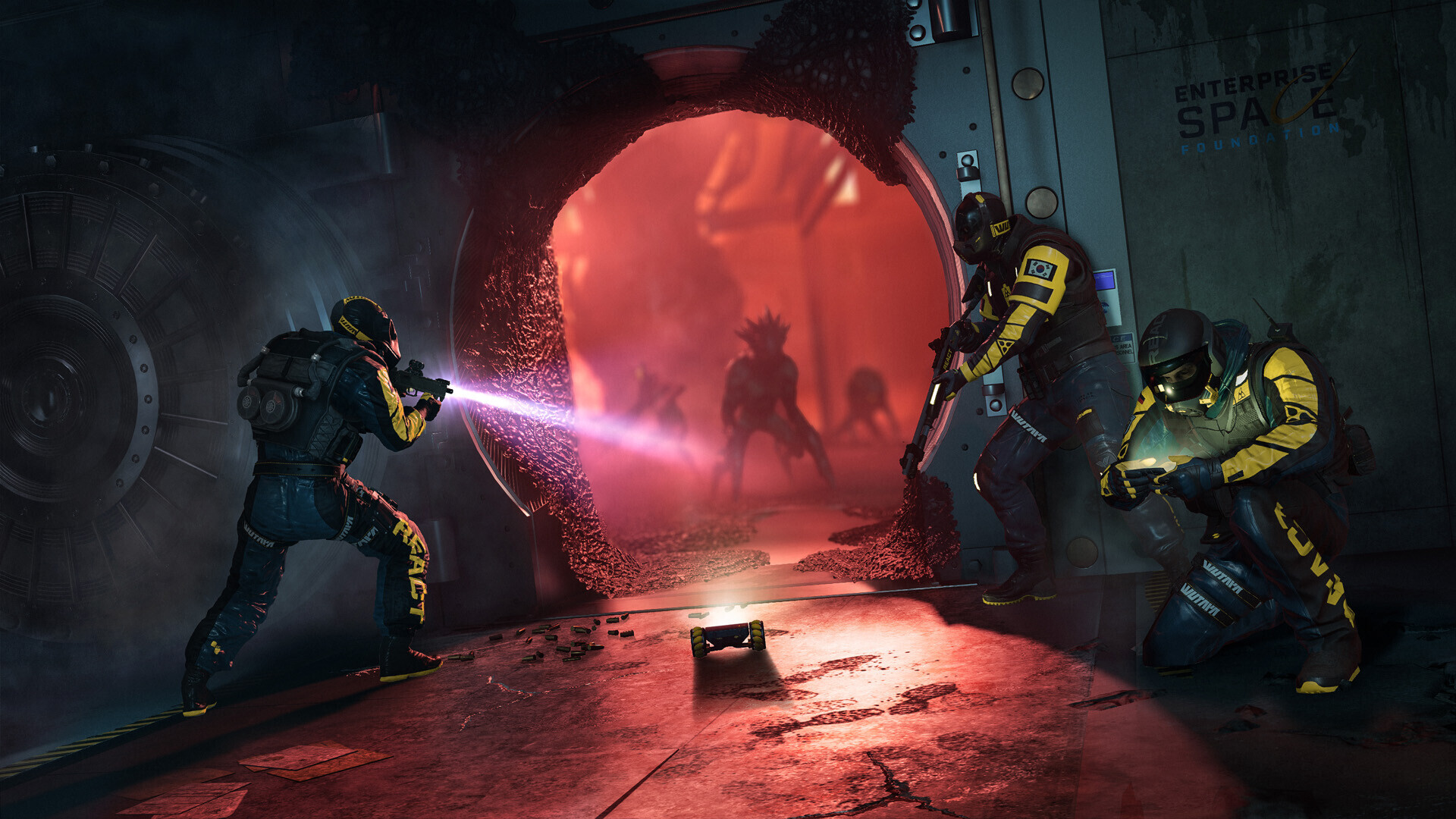Some games just never stood a chance. These are the releases that crashed and burned the moment they hit shelves – hyped one day, forgotten the next. The stories behind them are equal parts tragic, hilarious, and kind of hard to look away from.
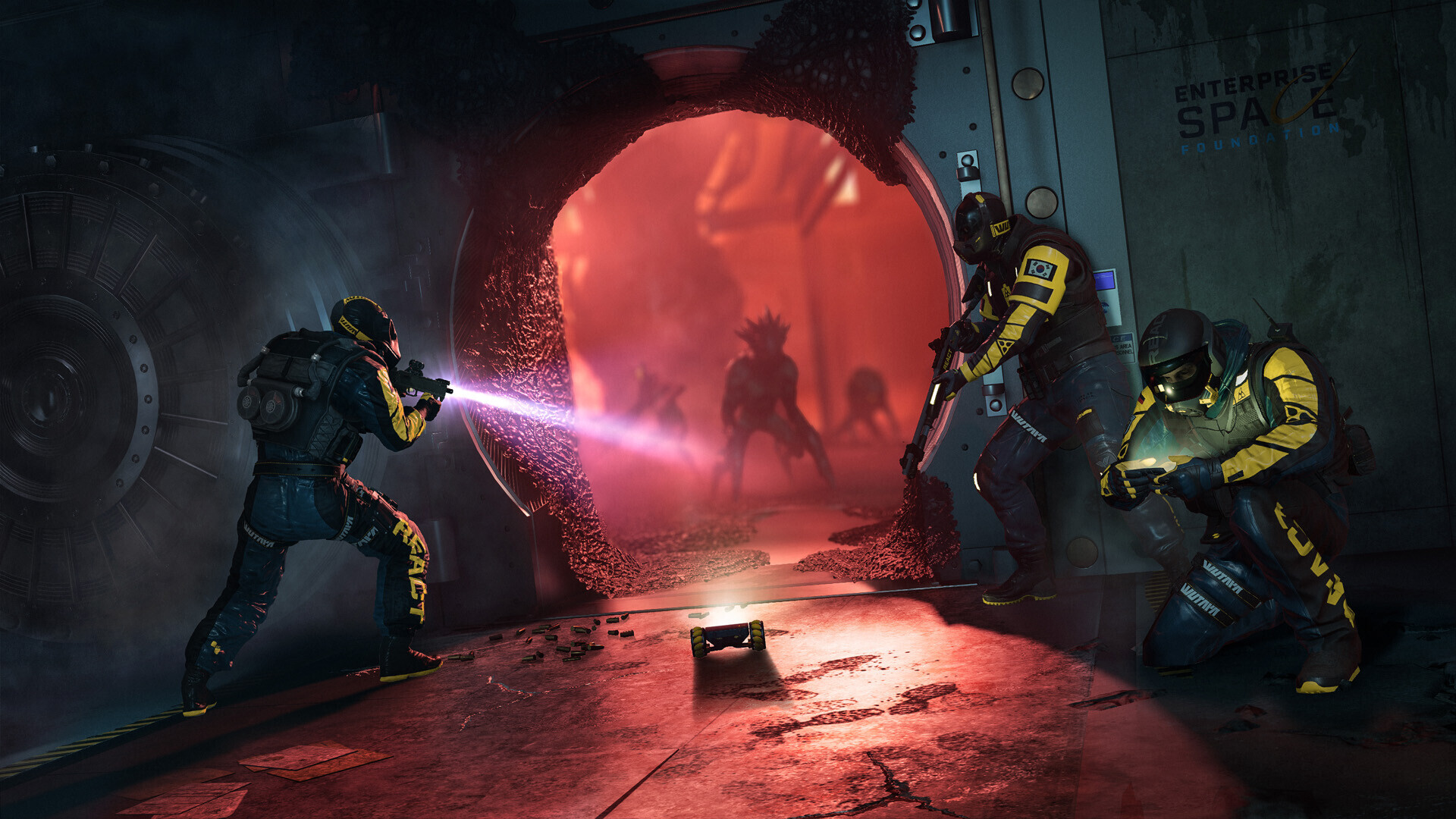
Some games never even got the chance to breathe. One moment they’re sitting on store shelves, and the next they’re disappearing faster than your motivation to replay E.T. on the Atari. Whether it was bad timing, messy marketing, or just plain bad luck, these titles flatlined the moment they launched – leaving behind only baffled players and dusty copies in bargain bins.
From ambitious misfires to overhyped disasters, these are the games that barely made it out of the gate before being buried by history. It’s a mix of fascinating cautionary tales and pure “what were they thinking?” moments. Curious to see more? Check out Part 1!
The Lord of the Rings: Gollum (2023)
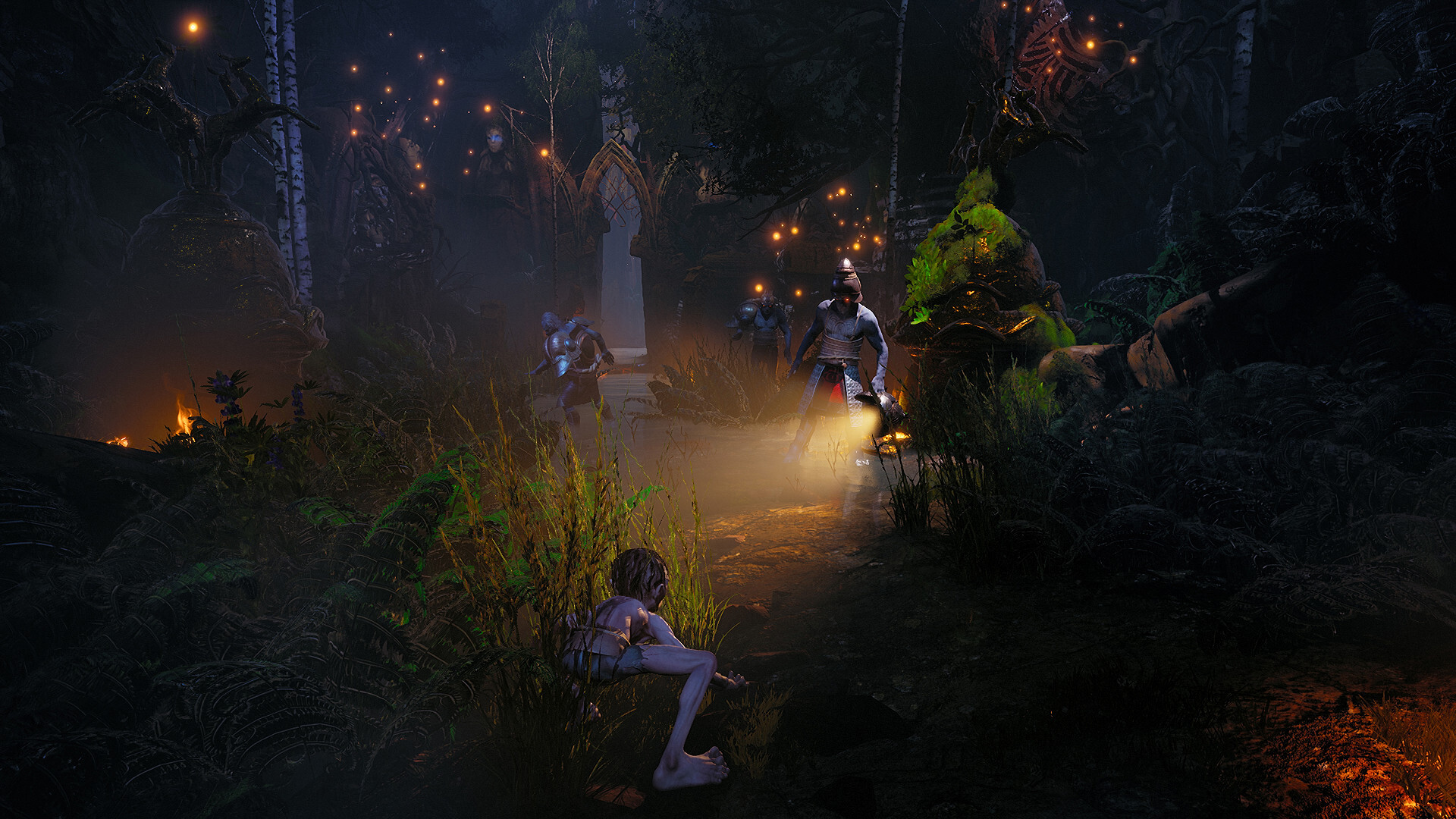
Somewhere deep in Mordor, a dev team must still be whispering, “My precious… deadline.” The Lord of the Rings: Gollum aimed to be a stealth adventure that explored the tortured psyche of one of fantasy’s strangest antiheroes. What players got instead was a technical disaster full of clunky animations, missing polish, and a camera that seemed possessed. Even Tolkien’s estate publicly distanced itself from it – never a good sign. Critics didn’t just dislike it; they pitied it. For a game about obsession, it sure tested everyone’s patience.
Payday 3 (2023)
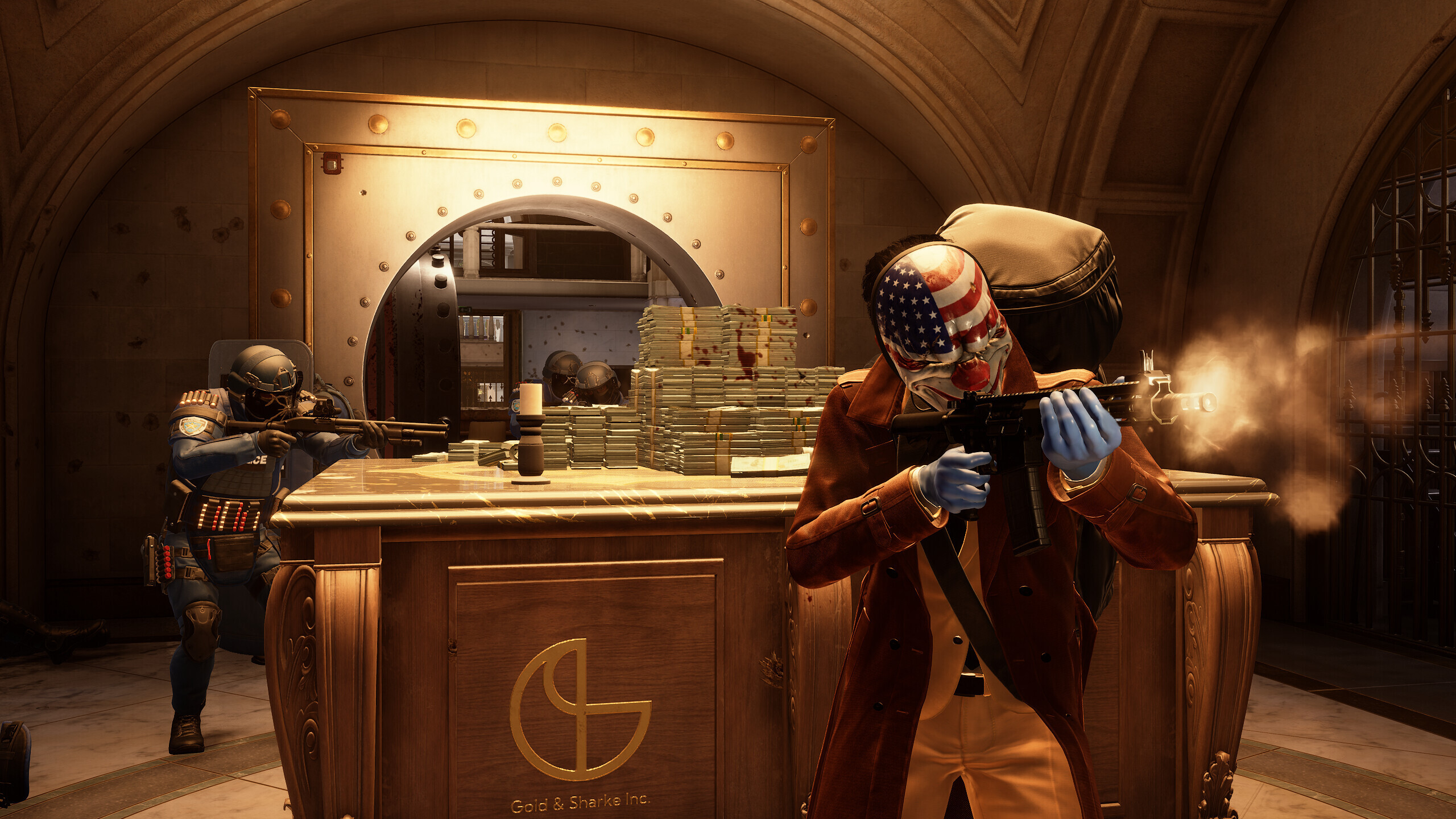
The idea of returning to the chaotic, mask-wearing heist fantasy sounded amazing on paper. In practice, Payday 3 felt like trying to rob a bank with a Windows 98 modem. Connection issues, broken matchmaking, and baffling design decisions turned launch week into a farce. Players who’d stuck with the franchise for years were furious that the sequel lacked basic features its predecessor nailed years ago. The studio promised fixes, but by then, the cops – and the players – had already cleared the building. It was the kind of flop that steals its own thunder.
Babylon’s Fall (2022)
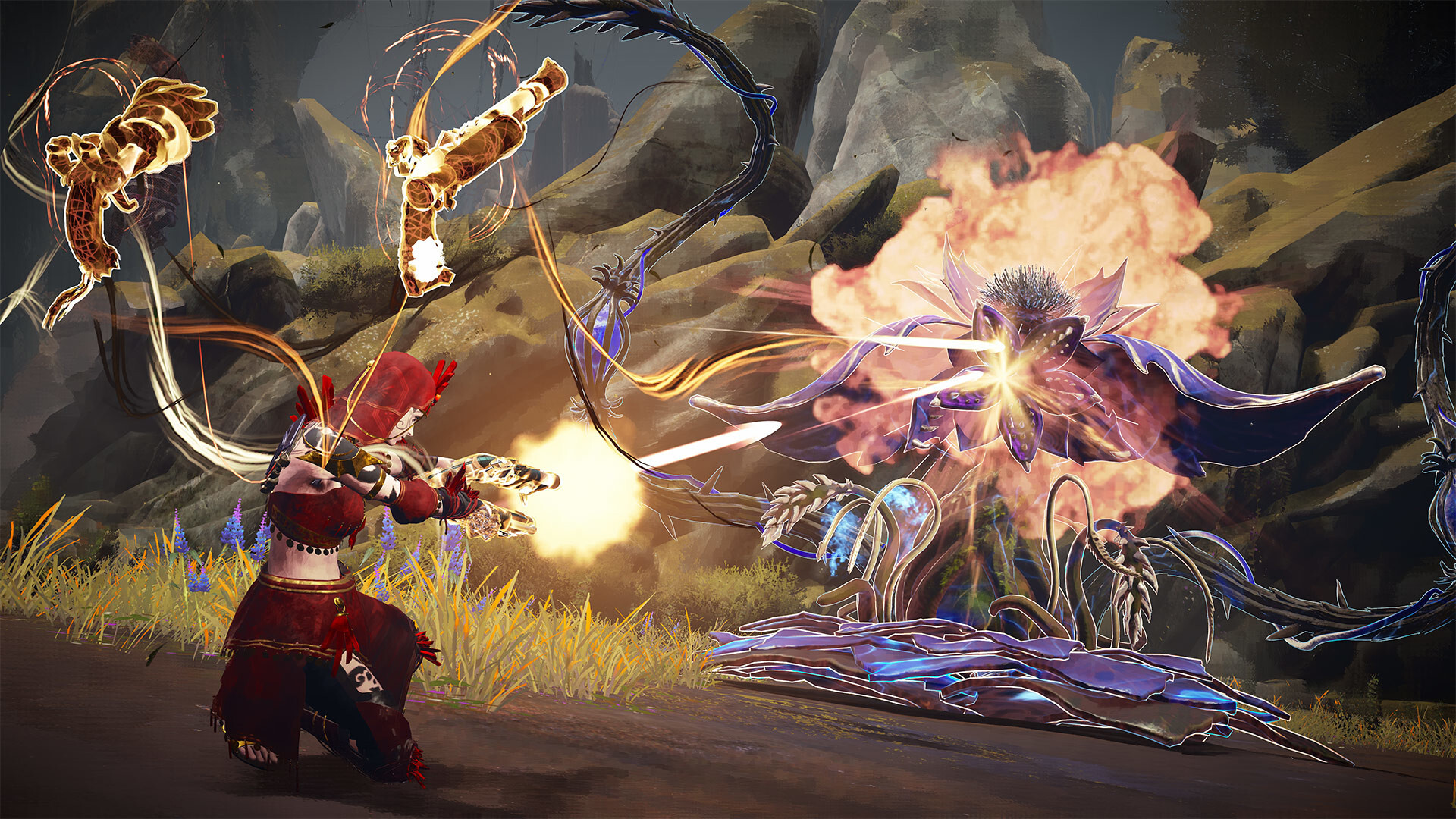
You almost have to admire how fast this one crashed. Babylon’s Fall was supposed to be PlatinumGames’ stylish new live-service experiment – flashy action, co-op mayhem, and a long tail of updates. Instead, the servers went quiet within months. The art style looked like an oil painting that someone forgot to finish, combat felt repetitive, and the whole thing reeked of publisher interference. Even diehard fans couldn’t pretend to enjoy it. By early 2023, Square Enix pulled the plug entirely, erasing it from existence like a bad dream you can’t remember clearly but still feel embarrassed about.
Rainbow Six Extraction (2022)
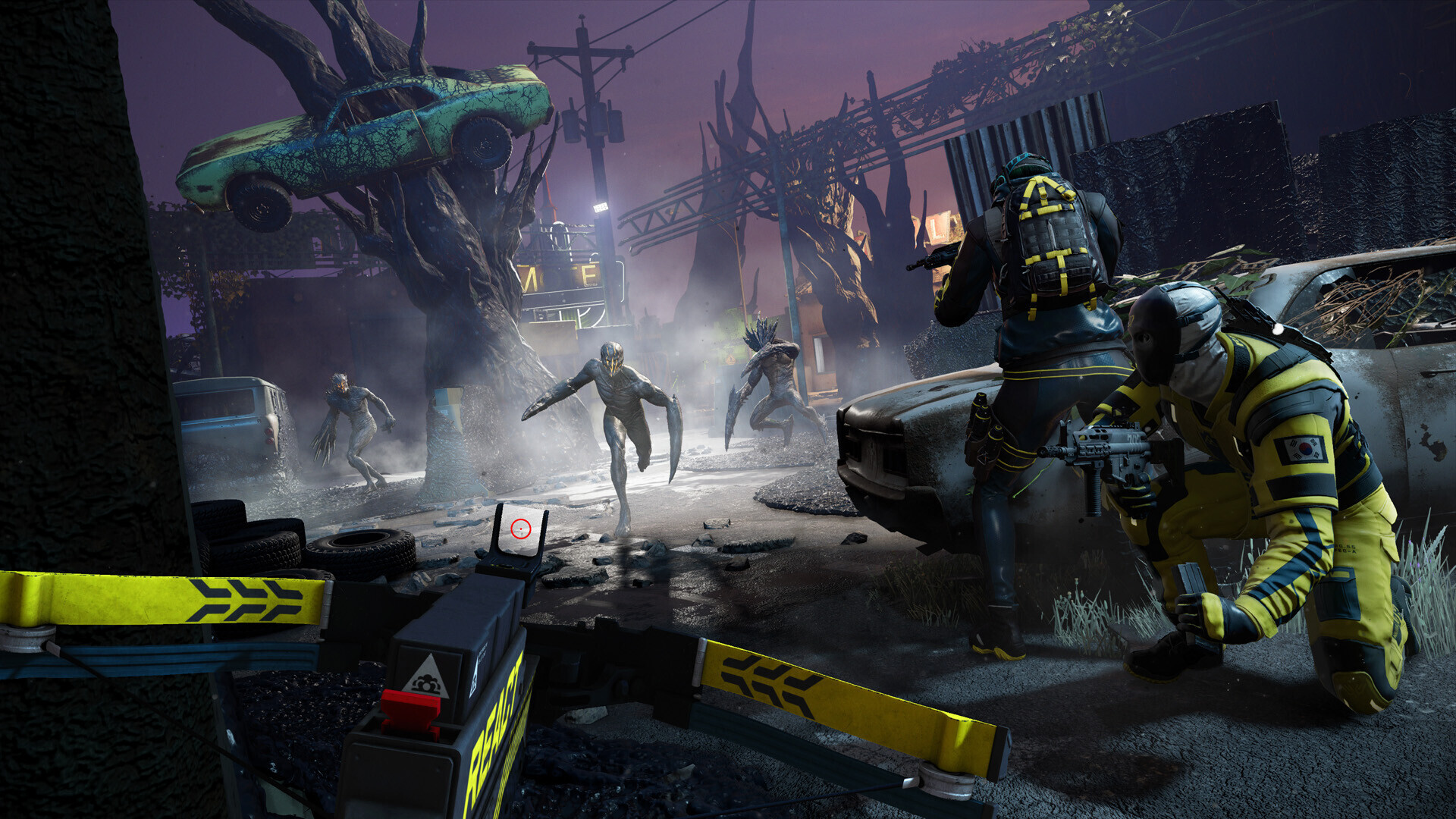
There’s nothing wrong with spin-offs – unless they forget what made the original fun. Rainbow Six Extraction took the tense, tactical gameplay of Siege and replaced it with alien goo and endless repetition. It wasn’t awful, just strangely lifeless, like a filler episode that got stretched into a full season. Reviews called it “serviceable,” which is basically critic-speak for “fine, but we’d rather be doing anything else.” Within months, player numbers plummeted, and Ubisoft quietly stopped pretending it was the next big thing. A game built to be played forever that no one played twice.
Spellbreak (2020)
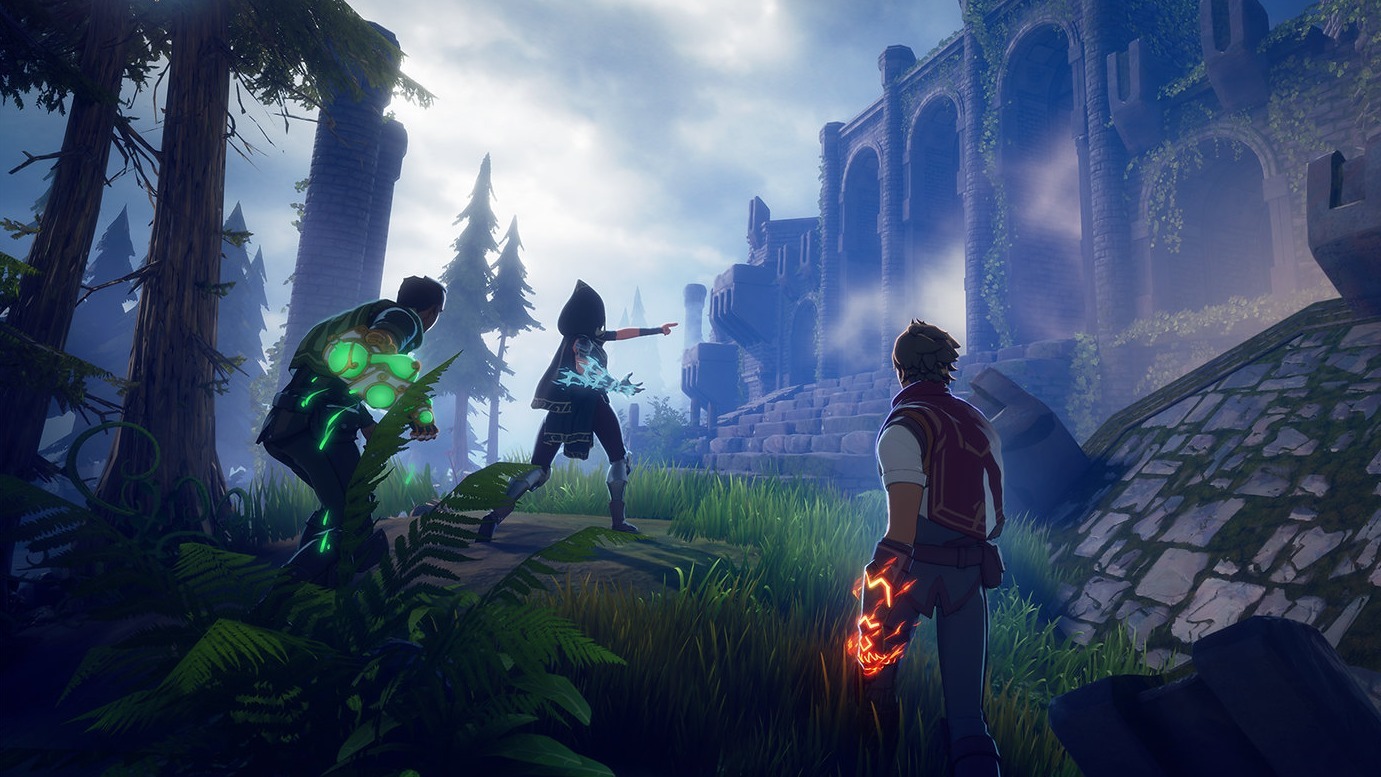
Magic-based battle royale? On paper, that’s a dream. In execution, Spellbreak just couldn’t cast the right spell. The combat was inventive – flying through the air, hurling elemental attacks like a wizard with ADHD – but the game never found a lasting audience. It was stylish, fast, and genuinely different, yet it arrived too late to compete with Fortnite’s empire. The servers went offline in 2023, and fans mourned what could’ve been one of the coolest ideas in the genre. It didn’t die because it was bad – it died because nobody noticed it was good.
Hyper Scape (2020)
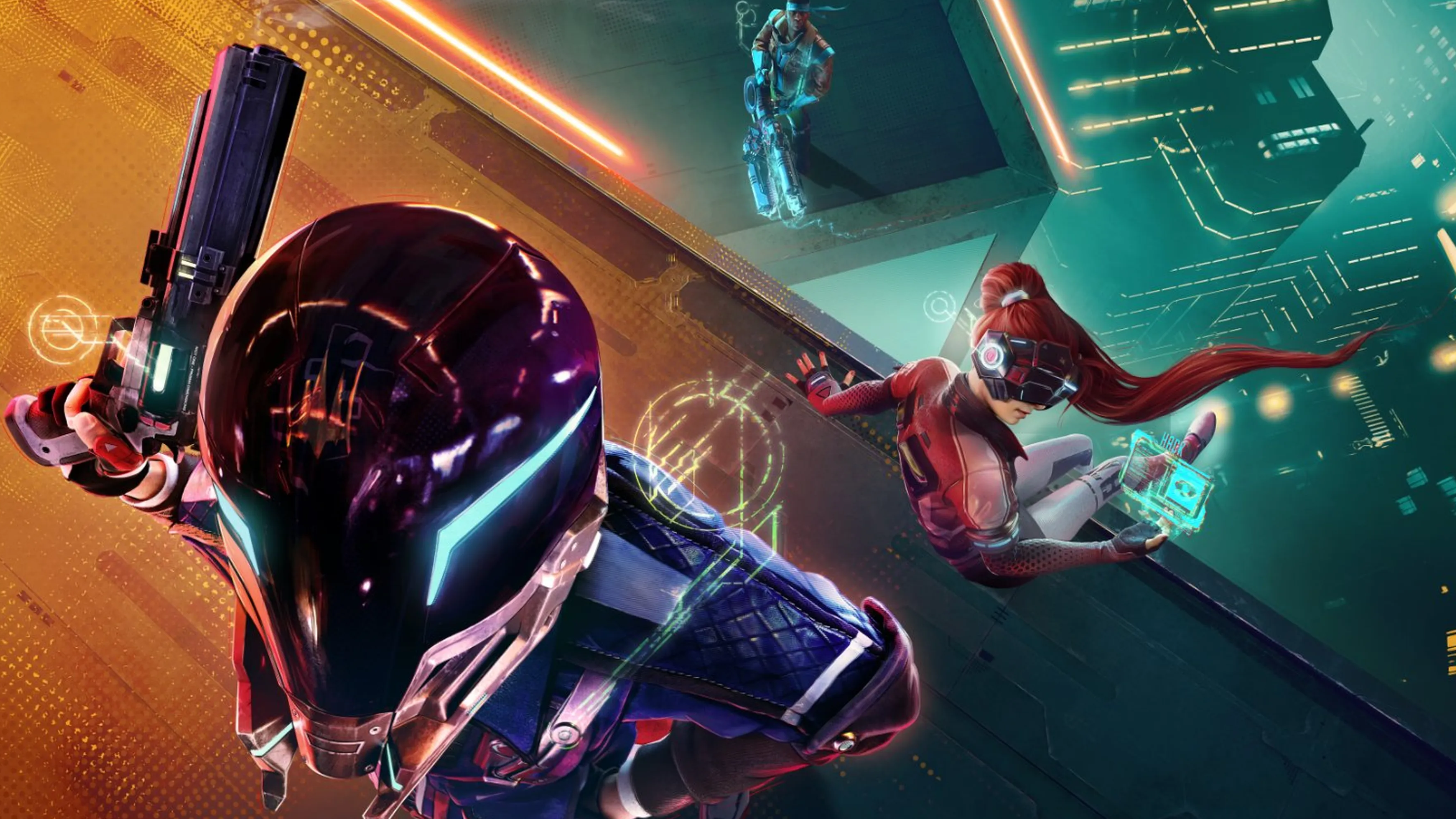
Ubisoft’s foray into the battle royale scene came in hot – neon cities, fast-paced parkour, futuristic chaos – and then vanished almost as quickly. Hyper Scape tried to reinvent the genre with vertical combat and flashy design, but most players were too busy playing Apex Legends or Warzone to notice. The matches felt frantic but hollow, the learning curve was steep, and the pacing just never clicked. Within months, Twitch streams dried up, and Ubisoft quietly put it out of its misery. A stylish experiment that sprinted out of the gate and straight into the void.
Anthem (2019)
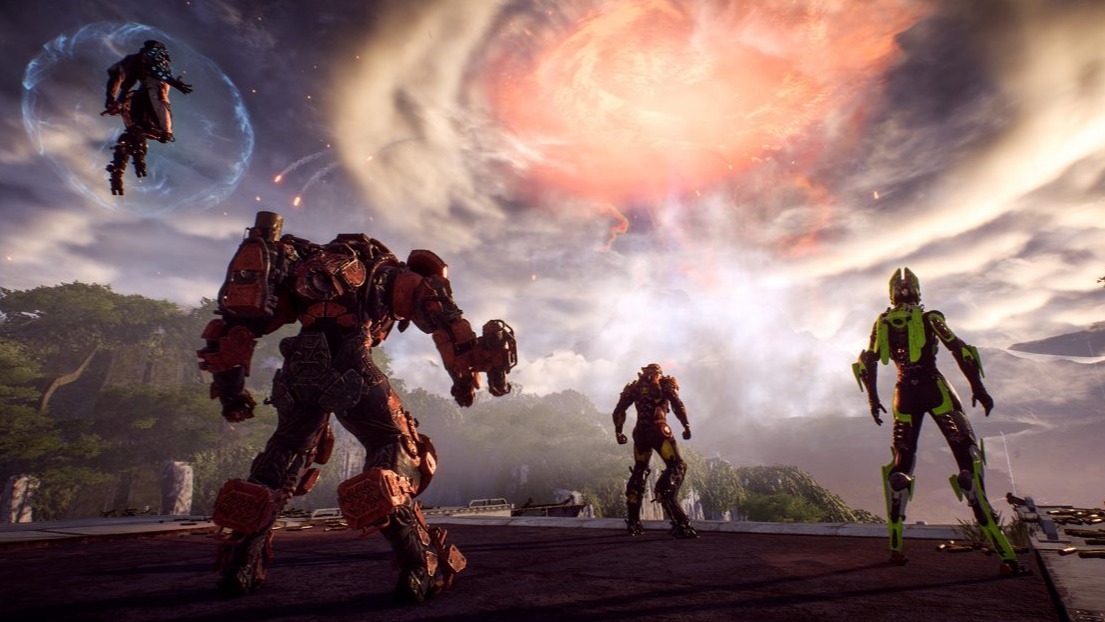
It was supposed to be BioWare’s redemption arc: a sci-fi epic where you soared through alien jungles in jet-powered suits. Instead, Anthem became a cautionary tale for overpromising. The flying felt amazing, but everything around it fell apart: dull missions, endless loading screens, and an empty world that looked alive only in marketing footage. Fans begged for updates, and BioWare tried to rebuild it from scratch before quietly pulling the plug. In the end, the game’s name became shorthand for “what could’ve been.” A gorgeous shell with nothing inside.
Jump Force (2019)
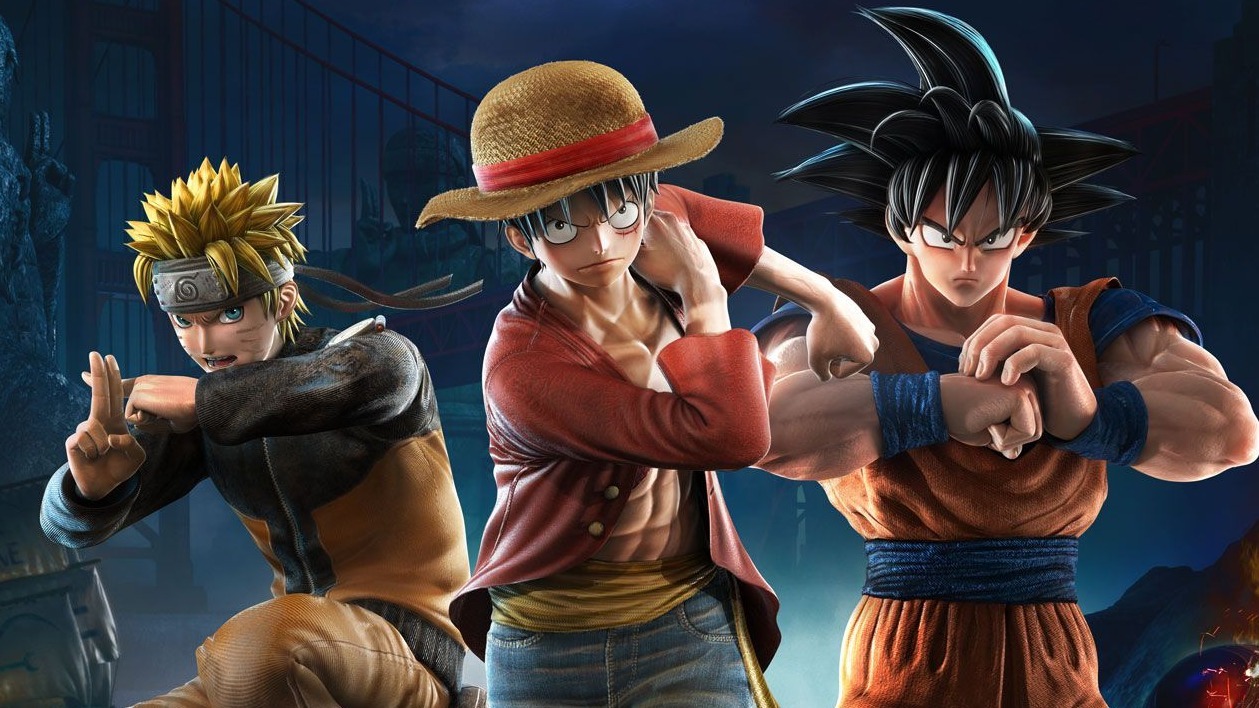
On paper, it sounded unbeatable – a crossover fighter uniting Dragon Ball, Naruto, One Piece, and more in a single, anime-packed showdown. But Jump Force turned out to be the kind of game that looks better in screenshots than in motion. The 3D models were uncanny, the story made fanfiction look coherent, and the combat felt more like button mashing than tactical anime glory. Critics roasted it, fans shrugged, and Bandai Namco eventually delisted it altogether. For a celebration of beloved characters, it somehow managed to make everyone look worse.
Radical Heights (2018)
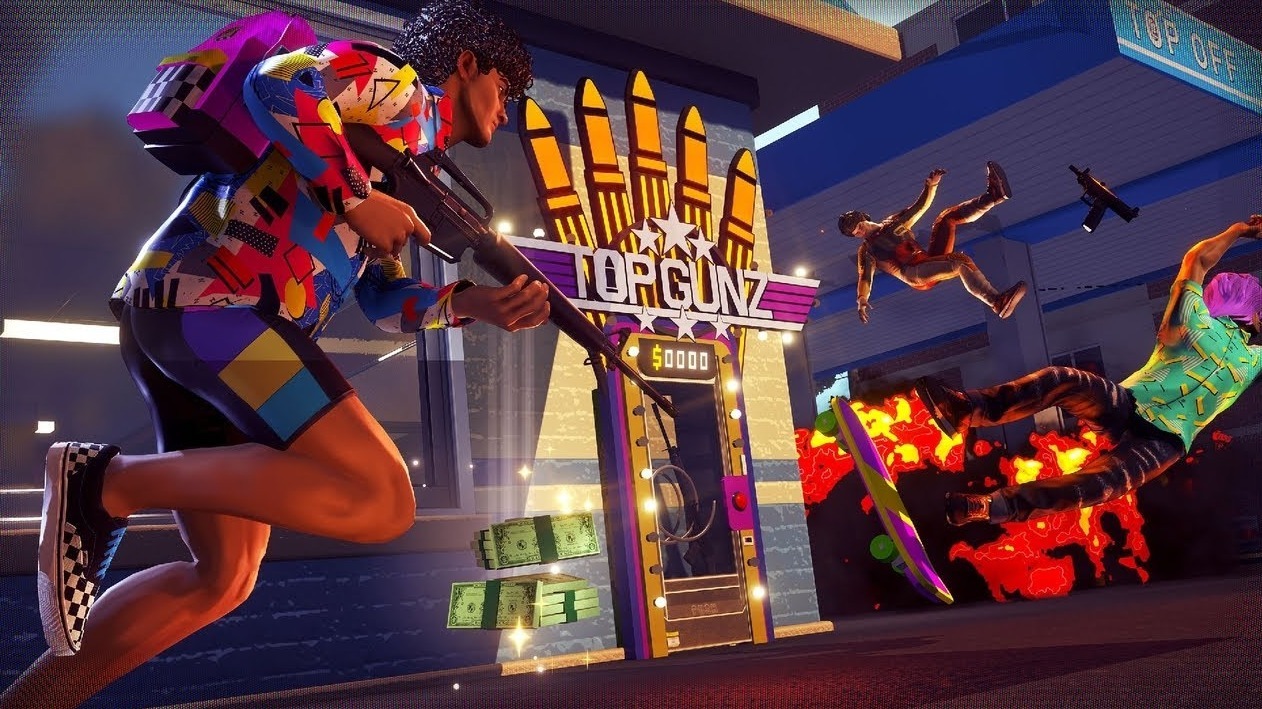
This one barely made it out of early access before collapsing. Radical Heights was Boss Key Productions’ last-ditch effort to survive after LawBreakers, and it showed. The game was rushed, buggy, and clearly unfinished – think Fortnite meets 1980s game show aesthetics, but without the charm or the stability. There were some fun ideas buried in there, but the timing was brutal. The market was saturated, and the studio shut down just a month after release. It wasn’t just a flop; it was a studio’s final breath, broadcast live.
The Culling 2 (2018)
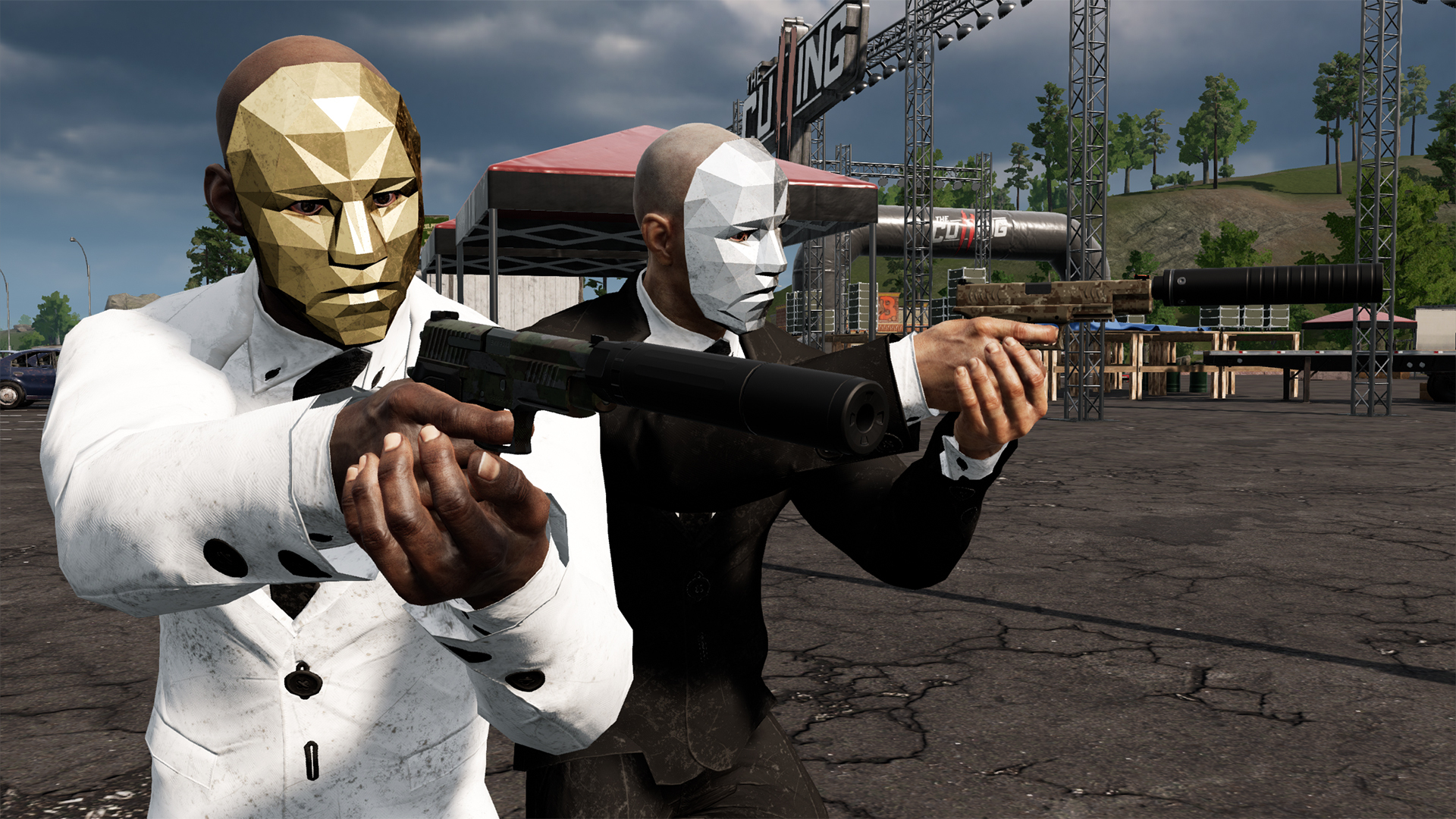
It’s rare to see a sequel destroy its own franchise in 48 hours, but The Culling 2 managed that historic feat. The first Culling had a cult following – brutal, weird, and wonderfully tense – so expectations weren’t even that high. And yet, the sequel somehow delivered less of everything fans loved. It dropped the survival mechanics for generic gunplay, launched to abysmal sales, and was pulled from stores within a week. The developers apologized, refunded everyone, and tried to revive the original instead. It was like watching someone burn down their house just to rebuild the old shed next to it.
Curious to see more? Check out Part 1!
